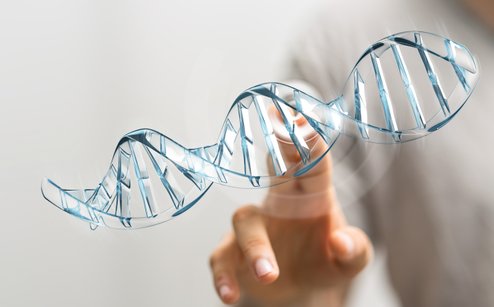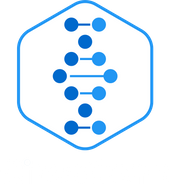
Dec 16, 2019.
Researchers propose a major improvement to better analyse human mutations with small individual effects.
All our Genetic material taken together is called our “Genome”. It is composed of DNA (a molecule being the language of life, composed of the four letters A, T, C, G) and organised in 23 Volumes (our chromosomes, organised in pairs as we have for each chromosome, one inherited from our mother and one from our father).
Traditionally, in human genetics, we call “mutations” or “variants” the variations in our chromosomes, compared to a “reference” genome (CircaGene use preferentially “GRCh38” for example). To have different variants does not mean we are “defective”, it is absolutely normal to harbour some genetic diversity.
These small variations can change our morphology (“traits” such as [Blue eyes] or [lactose intolerant]) or impact our health (“predispositions”). Some of these variants can be linked to adverse conditions and others may have a protective effect against some diseases or conditions (several mutations are known to make humans resistant to HIV infections, others can protect us against the development of some forms of cancers).
However, a particular mutation or variant is not 100% linked to a consequence. This is what we call the “penetrance” of a mutation. The most penetrant mutations known so far are located in genes BRCA1 and BRCA2 and harbouring a strong link with the development of breast cancer in women (more than 90% lifetime risk for some rare combinations of mutations, you probably remember the case of Angelina Jolie).
Up to now, highly penetrant mutations were well studied and used to estimate health risks, however, mutations of low penetrance were less well exploited for global risk prediction. This was a limitation as to accurately predict risks we need to integrate BOTH few highly penetrant mutations (tip of the iceberg) AND a lot of low-penetrance mutations (rest of the iceberg).
In the scientific paper published this year in the famous journal “Nature”, some researchers report a way to develop criteria for inclusion of risk alleles on clinical reports. It will allow to better exploit the low-penetrance variants identified through Genetics research and ultimately reach better accuracy for predicting Your Health risks to better mitigate them.
Source: Nature, see https://www.nature.com/articles/s41436-019-0560-8?sfns=mo

COPYRIGHT © CIRCAGENE LTD ™ ALL RIGHTS RESERVED